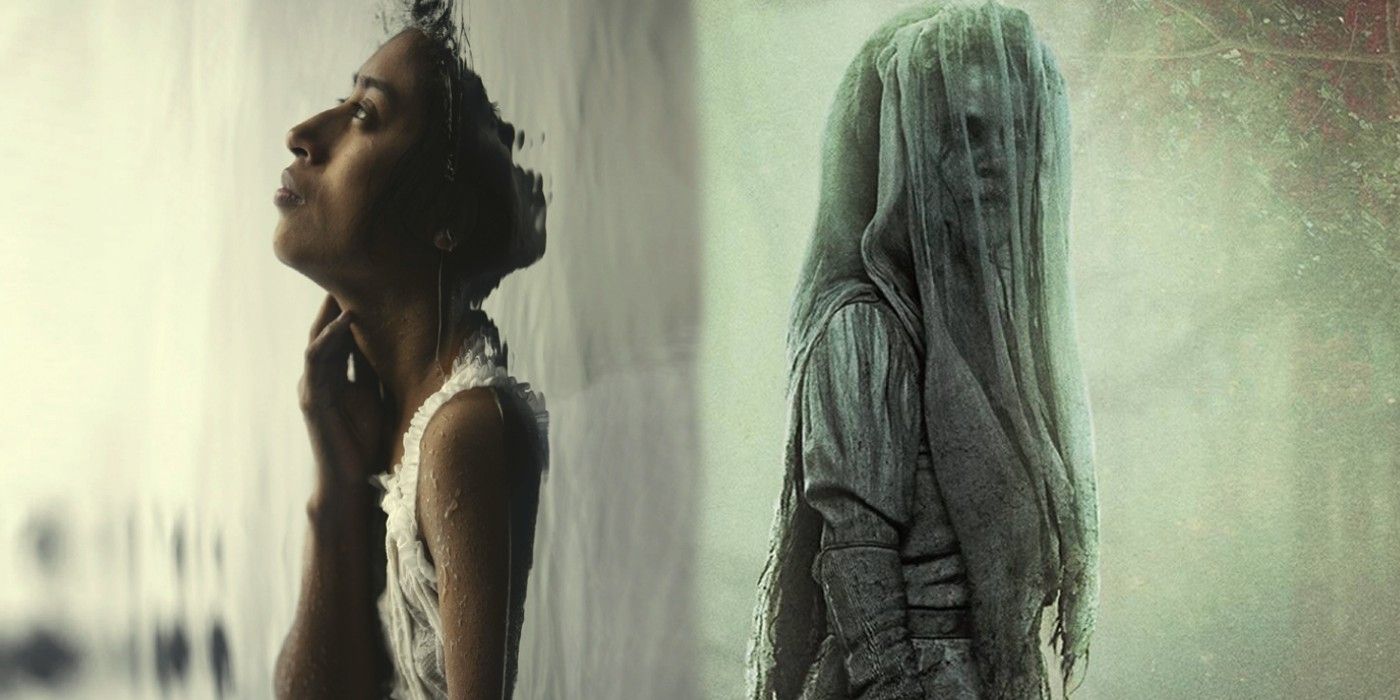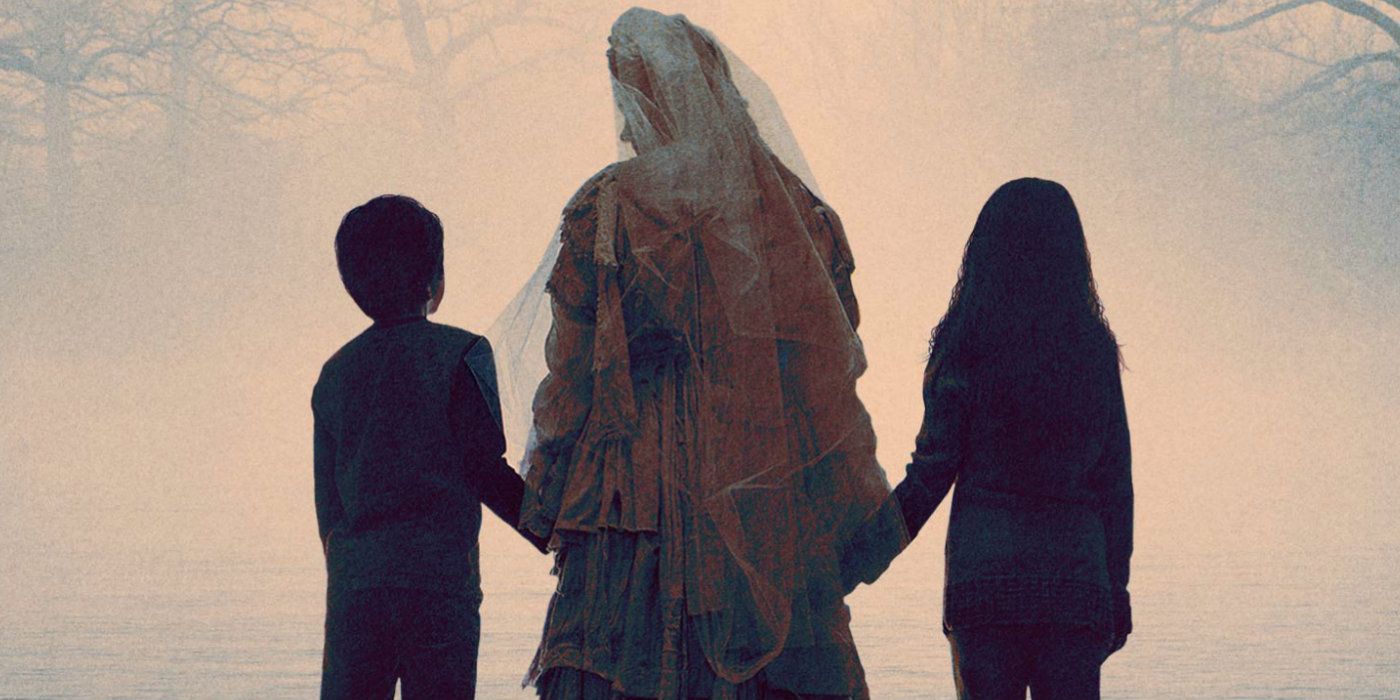A Shudder release from director Jayro Bustamante, La Llorona features the legend of the weeping woman who was also the center of The Conjuring universe’s The Curse Of La Llorona. The Guatemalan paranormal horror film does not rely on mainstream representations of the tale that’s existed in Hispanic culture since the 16th century. It takes a historically significant moment and highlights the main identifier of a La Llorona spirit: a mother’s grief. La Llorona takes the legend in a unique route that showcases horrors the weeping woman faces rather than the supernatural torment featured in The Curse Of La Llorona.
In the 16th century, La Llorona made her first appearance in Hispanic horror legend and folklore. She is traditionally depicted as a woman in white who weeps for the loss of her two sons, both of which she drowned in a fit a jealous rage towards her husband. After doing the same to herself, she began to wander the realm of the living, targeting children and bringing them to their watery graves. The Conjuring universe popularized the legend in American culture when The Curse Of La Llorona released in 2019. While most horror films that come out of the iconic franchise succeed, their adaptation of the approximately 400-year-old story got some brutal reviews on top of a low box office.
La Llorona is still a relatively young film in comparison but it has already received high praise for being the best depiction of the weeping woman legend. Undoubtedly, Jayro Bustamante’s ability to link the legend with a contentious moment in Guatemala’s history while also expanding on how a weeping woman spirit is astounding. In comparison, La Llorona is the best adaptation of the legend—here’s why.
How The Conjuring Failed La Llorona
Fans of The Conjuring anticipated that Michael Chaves’s The Curse Of La Llorona was going to be a hit like every other film in the franchise, but it fell flat with its overuse of CGI and jump scares. Other films in its universe such as Annabelle (2014) have found so much success that they’ve gone on to include sequels and prequels. Chaves’s film is perhaps their first failed attempt at expanding the universe beyond Ed and Lorraine Warren's stories of the paranormal. There are a multitude of reasons as to why it failed to reach the success of its predecessors. One of which was its highly dramatized version of the legend that took pieces from various religions and regions that have their own interpretations of La Llorona.
This is what separates La Llorona and The Curse Of La Llorona the most. Bustamante’s film does not attempt to create a fear factor in regards to the paranormal entity. Instead, he offers the audience a look at what La Llorona is and how she is created in the context of the 1981-1983 genocide of Ixil Mayan people. Alma, the house maid and undercover La Llorona spirit, works for the General who perpetrated the genocides that included her own death alongside both of her children drowning. At its core, La Llorona speaks to the trauma of loss and how she may not be as malevolent as the legend makes her out to be. Rather than show La Llorona killing children like in Chaves’s film, Bustamante showcases the truth of her humanity, and suggests that she wants to protect living children.
Ultimately, La Llorona offers a historically based paranormal story that details grief, trauma, and family. It is emotionally charged and driven by a mother’s grief as well as the malevolence of those around her, not the woman herself. The Curse Of La Llorona failed to offer any humanity to the tormented spirit of the weeping woman whereas La Llorona provided the story that must be told in order to understand her mythos.


